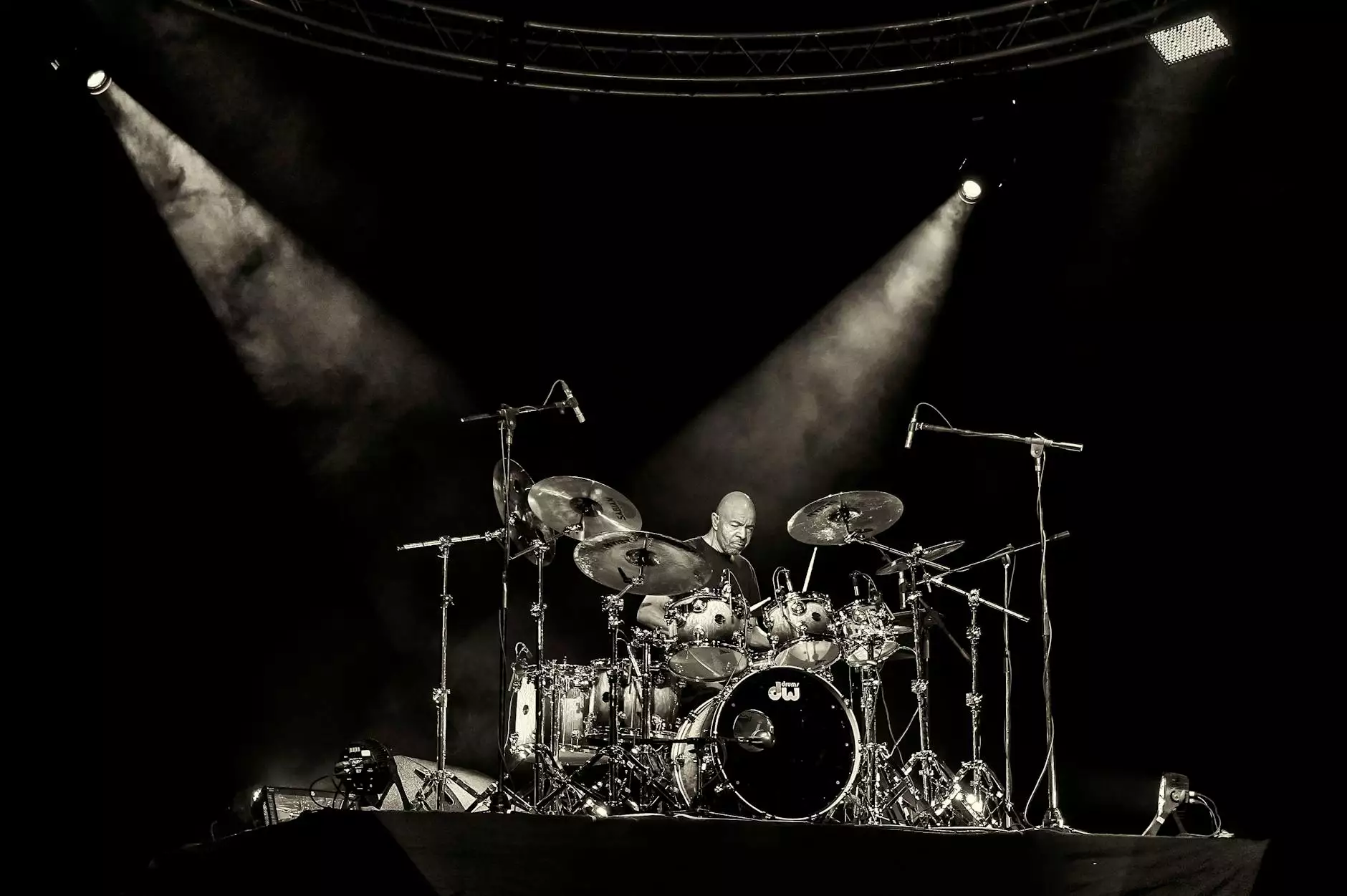The Art and Science of Game Sound Design

Game sound design is an essential but often overlooked element in the gaming industry. It is the invisible glue that binds gameplay and player emotions, crafting a profound and immersive experience. In this article, we will explore the intricacies of sound design in games, its importance, and how it elevates the overall gaming experience. As we delve into the realms of sound, let us see why it is a critical component in game development.
Understanding the Essentials of Game Sound Design
At the heart of game sound design lies the fundamental goal of enhancing the player experience. Sound design encompasses various elements, including:
- Sound Effects: These are the sounds created to represent actions and events within the game, such as footsteps, weapon sounds, and environmental audio.
- Dialogue: This includes voiceovers for characters, providing depth to storytelling and emotional impact.
- Music: Game soundtracks set the tone and atmosphere, often guiding the player's emotional response.
Each of these elements works in harmony to create a coherent and engaging experience for the player. The careful selection and manipulation of audio can mark the difference between a mediocre game and a spectacular one.
The Importance of Sound Effects in Games
Sound effects are vital for building the world of a game. They serve to:
- Add Realism: High-quality sound effects can simulate real-world sounds, making the in-game environment more believable.
- Provide Feedback: Audio cues give players feedback on their actions. For example, a successful hit in a fighting game evokes a satisfying sound that reinforces the action.
- Guide Players: Developers can use sound to direct players' attention or signal important events in the game—such as alerts or warnings.
Moreover, the absence or presence of specific sounds can change the player’s perception of their surroundings. For example, a silent environment can induce tension and anticipation, while a busy soundtrack in a battle scene can create urgency.
Dialogue: Conveying Story Through Voice
The role of dialogue in game sound design is paramount in storytelling. Characters come to life through their voices, allowing players to form connections with them. Here’s why dialogue matters:
- Character Development: Voice acting can add layers to character personalities, making them relatable or loathsome.
- Plot Advancement: Dialogue can drive the narrative forward, providing context and tragedy that deepens the player’s investment.
- Emotional Resonance: A well-performed line can strike deep emotional chords, making players feel joy, sorrow, or tension.
When a player listens to a character’s plight or triumph, the immersive experience becomes richer, compelling them to engage more profoundly with the game.
The Role of Music in Gaming
Music in games is more than just entertainment; it is an influential tool that helps:
- Create Atmosphere: Music sets the mood for the game, be it cheerful for a platformer or ominous for a horror title.
- Enhance Emotional Impact: The right soundtrack can evoke emotions seamlessly, dictating how players feel during key moments.
- Establish Themes: Musical motifs can recapitulate throughout the game, reinforcing the theme and reminding players of crucial plot elements.
The synergy between visual elements and accompanying music can facilitate a compelling narrative. Classic games have been remembered as much for their scores as their gameplay mechanics.
Best Practices in Game Sound Design
Creating remarkable sound design involves an understanding of both technical skills and artistic vision. Here are some best practices that can enhance game sound design:
- Know Your Audience: Understanding the player's expectations and preferences can guide sound choices, ensuring they resonate.
- Utilize Quality Equipment: High-fidelity recording equipment, sound libraries, and editing software can vastly improve the sound quality.
- Experiment: Innovation can set a game apart. Don’t hesitate to experiment with unconventional sounds and technologies.
- Integrated Feedback: Continuously seek and implement feedback during the development process to align sound with gameplay effectively.
- Layer Sounds: Building layers of sound can enrich the audio landscape, providing greater depth to game environments.
By adhering to these principles, sound designers can create audio that complements and enhances gameplay, thus improving overall player engagement.
Case Studies: Exceptional Game Sound Design
Several games have masterfully applied game sound design to create immersive experiences. Below are notable examples:
1. The Last of Us
This iconic game utilizes sound to great effect, building tension and emotional depth. The use of environment sounds—such as rustling leaves or muffled background noises—contributes to the game's bleak atmosphere.
2. Hollow Knight
Hollow Knight features a beautiful orchestral soundtrack that complements its artistic visuals. Each area has a distinct track that enhances exploration and engages players emotionally.
3. Journey
In Journey, sound plays a significant role in storytelling, with music reacting to players’ actions and helping to convey the game’s emotional arcs without any dialogue.
These games stand as testaments to how thoughtful sound design can elevate gameplay, creating unforgettable experiences that resonate with players long after they’ve stopped playing.
Conclusion: The Future of Game Sound Design
As gaming technology continues to evolve, so does the field of game sound design. With advancements in virtual reality (VR) and augmented reality (AR), sound designers have unprecedented opportunities to create more immersive experiences. The direction of sound in gaming might hinge on:
- Binaural Audio: Creating an immersive sound that mimics a real-life audio experience.
- Adaptive Soundtracks: Allowing background music to shift dynamically based on player actions.
- Artificial Intelligence: Utilizing AI to generate personalized sound effects that adapt to player behavior.
As we look ahead, it is clear that the future holds tantalizing possibilities for sound design in games. The amalgamation of technology and creativity will give rise to experiences that are richer and more engaging than ever before.
Ultimately, sound design should not only be an afterthought but a primary pillar in game development. For businesses in creative fields, such as those mentioned in pinglestudio.com, understanding and mastering game sound design can open doors to innovative projects that captivate audiences and create memorable experiences.









